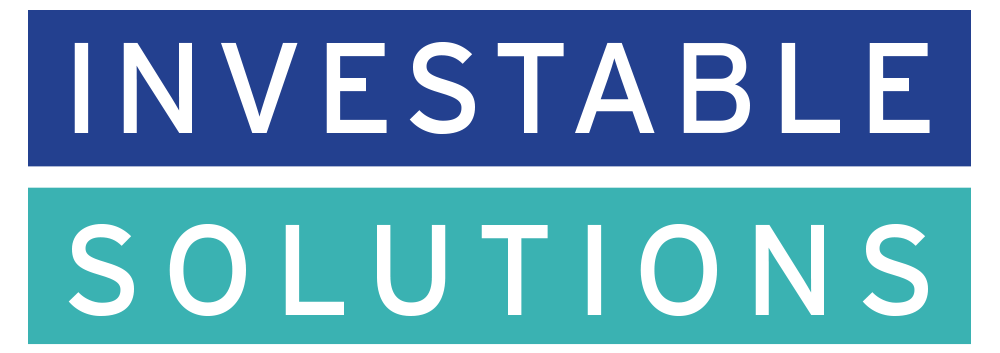Everyone is talking about ChatGPT, or the gazillion other generative AI tools that create content out of “thin air” using short prompts. The number of LinkedIn posts, TikTok videos, YouTube tutorials, and online courses I have seen about how to use these tools to do anything from creating blog posts to setting up a fully functioning startup in minutes, is mind-blowing.
It’s true, generative AI tools will make a lot of tasks easier, but if someone thinks that it will help them shine or stand out in any way, they are wrong. Here are three main reasons why.
Fact #1 – generative AI tools are available to all. That means that anyone can use them. The way people use these tools may differ, with some people knowing how to create better prompts to create somewhat better results. However, in the end, there is no sustainable competitive advantage for anyone who has access to an AI tool. Do you write blog posts for money? Great. Now if you use ChatGPT to help you, you create posts that are on the same level as a million other post writers. Do you create pitch decks for a living? Amazing. If you use tools like beautiful.ai, you will be able to create slide decks on the same level as anyone else who has paid $20 per month to use this tool.
Fact #2 – generative AI tools do not create anything new. Rather, these tools use existing content matter to generate new and statistically similar content. This essentially means that anything these tools create has a high probability of already having been said or created by someone else. Therefore, if you want to say something original, your best chances are to write it yourself.
Fact #3 – Generative AI doesn’t know what is “true” or what is “right”, only what is statistically viable. Therefore, having an AI write the content for you may generate content that is blatantly wrong. Unless you, the content publisher, know the material you are writing about inside and out, you may not catch all the falsities that have crept into your AI’s creation process. This may result in anything from being scorned to actually being sued (and this is even before taking into account the possibility that your AI is plagiarizing someone else).
In the end, generative AI is leading us in a race toward mediocracy. All content will look and feel the same, every trend will quickly spread, be copied, and lose its steam, and no one will be able to sustain a competitive edge.
Should we despair? Exactly the opposite. The fact that everyone uses AI now as a tool for content creation is the best opportunity for the originals and trailblazers to shine. These are the people that will put in the “elbow grease” to constantly create something new, to stay ahead of the herd. These are the people that will lead the AI-powered followers and will amass the biggest following of all.
So if you want to be a leader, either as a startup founder or as a thought leader, don’t use AI for anything other than making your life simpler but automating repetitive tasks and helping you make the most of your time. Your content, be it your company’s website copy, your pitch deck, your article, or even your graphics, should be created by you and should be one-of-a-kind, not the mediocre-level AI-generated mass-market stuff we are inundated with on a daily basis.
And now, just for fun, this is what I got when I asked ChatGPT to write this blog post for me (the prompt was the title of the article, and the text below is given exactly as it was generated without any editing):
In recent years, the advancements in artificial intelligence have led to a surge in the development of generative AI systems. These systems have the ability to create new content and material, be it text, images, music or videos, without human intervention. While this technology is still in its early stages, it is rapidly becoming an indispensable tool for businesses, organizations and individuals looking to stay ahead of the curve.
As the world becomes increasingly competitive, it is the pioneers in the field of generative AI who will have a competitive edge. These pioneers will be able to leverage the power of AI to create new and innovative products, services, and solutions, driving their businesses forward and staying ahead of the competition.
One of the key advantages of generative AI is its ability to automate many tedious and time-consuming tasks. For example, businesses can use generative AI to create new product designs, marketing campaigns, or financial reports. This frees up valuable time and resources for businesses to focus on other important tasks, such as strategy, innovation, and customer engagement.
Another advantage of generative AI is its ability to generate new and unique content. In an era where consumers are constantly bombarded with information and content, businesses must strive to stand out and be noticed. With generative AI, businesses can create new and innovative content that engages their target audience and captures their attention. This can lead to increased brand recognition, customer loyalty, and ultimately, higher sales and profits.
The power of generative AI also extends to the creation of new products and services. With the ability to analyze large amounts of data, generative AI can identify new market opportunities and help businesses create new and innovative products and services that meet the needs of their customers. This can lead to increased customer satisfaction, market share, and profitability.
Moreover, generative AI has the potential to revolutionize the way we approach problem-solving. For example, in the field of medicine, generative AI can be used to create new treatments and cures for diseases. In the field of energy, it can be used to design new and more efficient energy systems. And in the field of education, it can be used to create personalized learning experiences for students.
In the age of generative AI, only the pioneers will have a competitive edge. These pioneers will be the ones who embrace this new technology and use it to drive their businesses forward. They will be the ones who are unafraid to experiment and take risks. They will be the ones who are always looking for new and innovative ways to leverage the power of AI.
However, the rise of generative AI also brings with it new challenges and ethical considerations. For example, there may be concerns about the accuracy and reliability of the content generated by AI. There may also be questions about the ethical implications of using AI to create new products and services, particularly in fields such as medicine and education.
Despite these challenges, the potential benefits of generative AI are too great to ignore. The pioneers who embrace this technology will reap the rewards, driving their businesses forward and staying ahead of the competition. In the end, it is the pioneers who will lead the way in this exciting new era of AI.
In conclusion, the age of generative AI is upon us and the potential benefits are enormous. Those businesses and individuals who are quick to embrace this new technology will have a competitive edge, allowing them to stay ahead of the curve and reap the rewards. The pioneers in this field will lead the way, driving innovation and shaping the future of AI. The opportunities are endless, and the only limit is our imagination.















